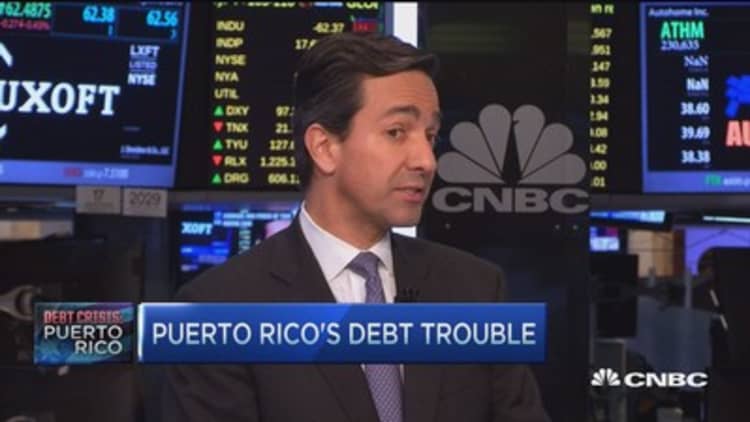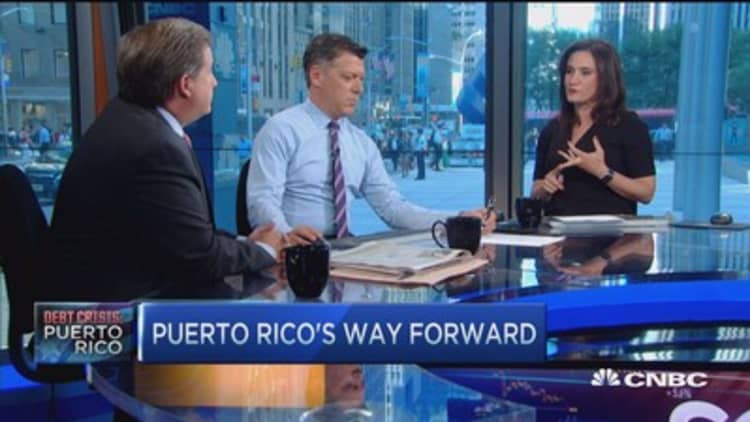
Puerto Rico, already hobbled by massive debts, is being weighed down by an outdated infrastructure that's increasing the cost of doing business on the island. (Tweet This)
According to Numbeo, a database of user-contributed information on consumer prices and other statistics, the average monthly cost for utilities in Puerto Rico is $234.81, considerably higher than the overall U.S. average of $159.21.
"The real problem here is the lack of maintenance of our infrastructure," said Heidie Calero, president and CEO of H. Calero Consulting Group, a San Juan-based firm that works on business and economic issues.
Calero added that the island's infrastructure was one of the factors that led to Puerto Rico's economic growth for most of the 20th century, noting that most—if not all—of Puerto Rico has access to electricity and clean water.
Nevertheless, Puerto Rico faces challenges with regard to its electric and water utilities that other U.S. jurisdictions don't face, while at the same time dealing with approximately $72 billion in debts.
According to the Energy Information Administration, about 55 percent of Puerto Rico's electricity came from petroleum in 2013, making the delivery of power considerably more expensive than if it came from coal (where most of U.S. electricity comes from) or natural gas.
"High world-petroleum prices have driven typical Puerto Rico power prices to two to three times the U.S. average," the EIA said.
Read More Puerto Rico nears default as debt restructuring beckons
The Puerto Rico Electric Power Authority is working to add natural gas capability to its five largest petroleum-burning plants. At the same time, Prepa's $9 billion in debt and the island's struggling economy have led it to consider ways to reduce costs.
"Puerto Rico, the nearby U.S. Virgin Islands, and U.S. federal agencies are exploring the potential for connecting the isolated island grids with each other and with other Caribbean islands, with an eye toward a possible Caribbean-wide grid," the EIA said. "A wider grid could lower costs and enable the use of more renewable energy."

Puerto Rico also fails to capture about 80 percent of the water available to it from surface-water runoff, Sigfredo Torres-Gonzalez, senior science adviser for Caribbean Studies at the U.S. Geological Survey, told CNBC via email.
Torres-Gonzalez told local newspaper El Nuevo Dia that the low capture rate is mainly due to deforestation and accumulated sediments within water flows. Those sediments come mainly from hurricanes, storms and other atmospheric events.
Read More Congress won't grant Puerto Rico bankruptcy
One way to improve on this problem is by building another dam, Rafael Rodriguez-Cruzado, told the newspaper. "It wouldn't be a cheap project—at least $300 million."
That may also serve as a way to mitigate Puerto Rico's drought problems.
On July 15, the U.S. Department of Agriculture named several of the island's municipalities disaster areas, giving them access to emergency loans in order to make less severe the losses of crops and livestock.



